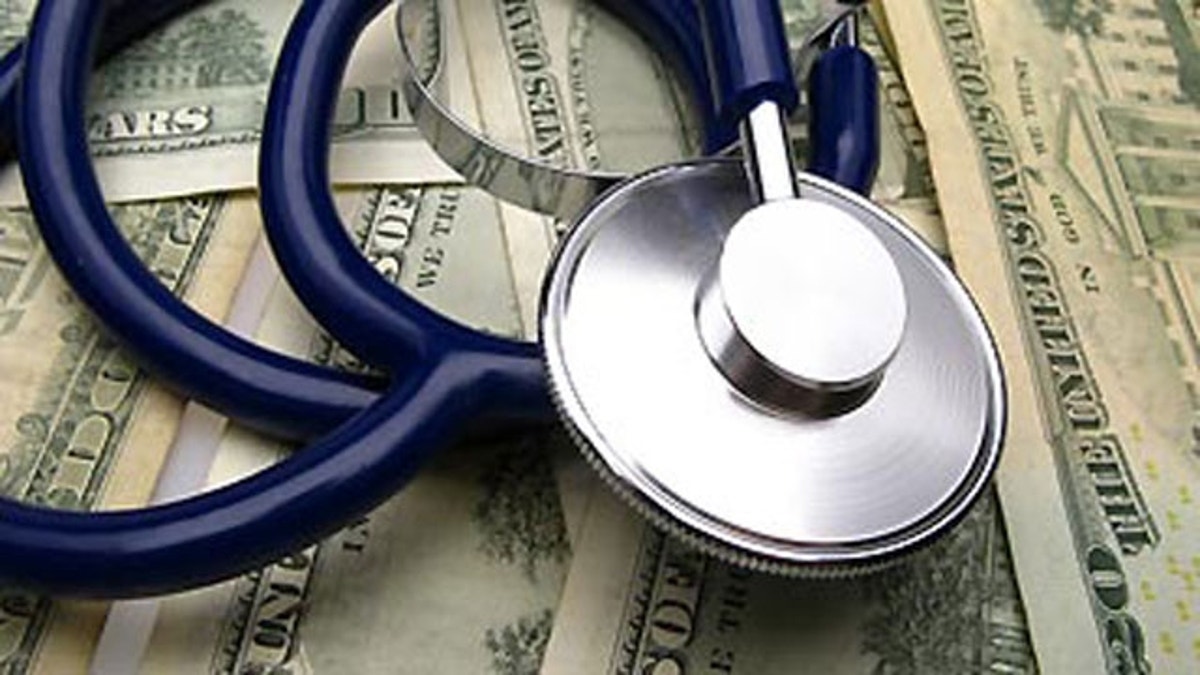
United States hospital spending was $882.3 billion in 2012, and much of it was undoubtedly spent on hospital procedures. After all, procedures are performed during about 63 percent of all hospital stays in America.
Hospital procedures involve any technique performed on your body during a stay, from stitches to blood transfusions and surgery. It’s a broad definition, but in fact 15 common procedures are performed at over 72 percent of all hospital stays, according to the federal government’s Healthcare Cost and Utilization Project.
Most of these procedures can be lumped into categories that make up the most common reasons for hospitalization—childbirth, surgery or injury and cardiac problems. In most cases, these types of hospital stays involve a number of procedures that are often bundled together on the bill, one of the many practices in hospitals that can result in overbilling. What you really need to know about these procedures is that overbilling is all too common.
How common? Astoundingly common, said Pat Palmer, founder of Medical Recovery Services and Medical Billing Advocates of America, two groups that help consumers with outrageous medical bills.
“Eight out of 10 hospital bills we receive contain numerous overcharges,” she said.
Palmer’s organizations of experts review medical bills for costly errors, negotiate with insurance companies and care providers for fairer pricing, and educate clients to help prevent future overcharging. It’s not just individuals being overcharged, though. The department of Health and Human Services estimated that Medicare overpayments grossed $36 billion in 2013 alone.
READ MORE: Who Are Patient and Medical Billing Advocates?
Procedures Billing
Most people can benefit from Palmer’s key advice: Never pay a hospital bill without first requesting an itemized statement of charges, and look over the bill yourself. An itemized hospital bill is usually confusing at first glance, covered in jargon, codes and numbers. Those codes and jargon stand for procedures, medications and services incurred during your stay, and you should be able to recall whether you received many of them.
READ MORE: Confused About Your EOB or Medical Bill? Where to Start
“You should pay particular attention to the medicines for which you were charged,” Palmer said. “If you are billed for a medicine that you know you did not take, due to complications, an allergy or simply because the physician discontinued the order, you cannot be charged for it.”
Injuries and Emergencies
Blood transfusions are the most commonly performed hospital procedure in the U.S., occurring in over 11 percent of all hospital stays. Most of the time, blood transfusions occur during surgery or traumatic injuries. Respiratory intubation and mechanical ventilation, in which a device and tube are used to facilitate breathing, is the third most common procedure and is also most common during surgeries and emergencies.
“Common areas for overcharging are the operating room and recovery room,” Palmer said, so if you have had surgery, you should pay special attention to your itemized hospital bill. Don’t worry—this is easier than it sounds.
Since both operating and recovery room services tend to charge by the hour, “even consumers who do not have a medical background can review the itemized bill for the amount of time spent in both of these areas,” Palmer says. “This is crucial because both of these areas charge up to $200 per minute.”
Childbirth and Newborn Care
In all, six common hospital procedures relating to baby delivery and monitoring dominate the total number of procedures needed for admissions by adults aged 18-44, and they are performed during 29.7 percent of all hospital stays.
In fact, the rate of cesarean sections has gone up 41 percent since 1997, an increase that may be financially motivated, according to recent research. Physicians get paid more for performing a cesarean section than a natural delivery, but female physicians are 10 percent less likely than other mothers to have the procedure themselves. This may suggest that physicians might be performing cesarean sections that aren’t medically necessary.
READ MORE: How Much Does It Cost to Have a Baby?
Cardiac Procedures
Heart procedures represent four of the top 15 procedures, performed during 14.4 percent of hospital stays. This isn’t surprising since heart disease is our country’s biggest killer, representing 1 in 4 deaths and costing $108 billion per year, according to the U.S. Centers for Disease Control and Prevention (CDC).
When it comes to heart disease, early action can be lifesaving, so it makes sense that cardiac diagnostic procedures like echocardiograms are two of the most common. In most cases, diagnostics of any type need only be performed once, so when you get the bill look out for duplicate billing lines.
READ MORE: How Much Does an Echocardiogram Cost?
The 15 Most Common Hospital Procedures
1. Blood transfusion
2. Prophylactic vaccinations and inoculations
3. Respiratory intubation and mechanical ventilation
4. Repair of current obstetric laceration
5. Diagnostic cardiac catheterization; coronary arteriography
6. Cesarean section
7. Upper gastrointestinal endoscopy; biopsy
8. Circumcision
9. Artificial rupture of membranes to assist delivery
10. Fetal monitoring
11. Diagnostic ultrasound of heart (echocardiogram)
12. Hemodialysis
13. Knee arthroplasty
14. Enteral and parenteral nutrition
15. Percutaneous transluminal coronary angioplasty (PTCA)
Lacie Glover writes for NerdWallet Health, a website that empowers consumers to find high quality, affordable health care and insurance.
